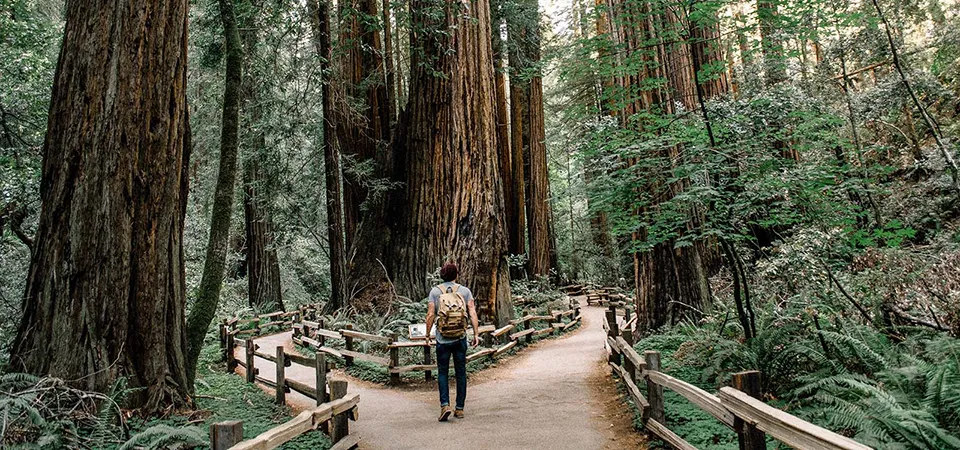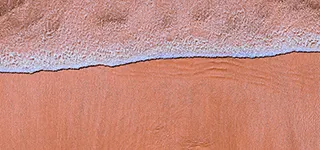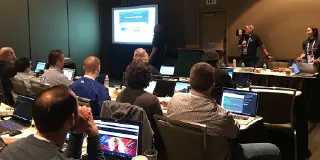Drupal base path
Recently I was building a component that required a static image which was not stored in the database but instead needed to be stored somewhere in the file system of the site. There are several ways for serving a static image for example we could have stored the image in the sites/default/files/images/ directory. A very common approach which in many cases would work just fine, however, in my case I was building a component and I wanted for the component image to be located within the same component's directory. This makes sense because if I wanted to reuse or share this component, all component assets would be included in a single directory.
Requirements
My goal with this task was to dynamically point to the image regardless the site this component was running on. Oh yeah, we are running a multi-site architecture with hundreds of sites and a single code base. So this component needed to work in all of these hundreds of sites. Now the challenge seems a little more... "challenging".
¡Manos a la hobra'!'
I started by doing research to determine the best way possible to achieve this. I read about using a pre-process function that would generate a dynamic base path of the site but I was hoping I could keep things simple and do everything on the front-end with only Twig. This would make it a more appealing approach for front-end developers.
After some research, I came across two little gems that became game-chargers for my project. One of these gems is the {{ url('<front>') }} Twig function. This will provide the current site's homepage/base path. The other very handy Twig function is {{ active_theme_path() }} which prints the path of the current active theme (themes/custom/my_theme). While researching for this task, I also found you can use the {{ directory }} Twig variable in your theme's templates to print the active theme's path. A word of coution when using either the {{ active_theme_path() }} function of the {{ directory }} variable as these could have different results depending on your whether you are using them in a base or sub theme. Here's a drupal.org issue that discusses this in more detail.
Armed with these two little functions, and one Twig variable, we can now work in generating a dynamic path to our theme's directory where the static image for our component is located. So this may seem like a simple thing but remember, our component's image should work regardless of the site the component is used on within our multi-site architecture. Some sites even use a different sub-theme but the parent theme is always the same which is where our image is stored.
Building the dynamic path
Before we can use the first function we need to run it through the |render Twig filter. Since Twig will return an array from the {{ url() }} function, we need to convert it to a string because we need the value of the function. Let's take a look:
{{ url('<front>')|render }} # This will give us http://my-site.com/Next let's work with the theme path function. Similarly to the function above, we will use the |render Twig filter to convert it from an array to a string.
{{ active_theme_path()|render }} # This will give us themes/custom/my-themeNow that we have two strings we can joint them together to compose the full path to our image:
<img src="{{ url('<front>')|render }}{{ active_theme_path()|render }}/images/image.jpg" alt="alt text" />If we want to get fancy we could actually set a variable to shorten things a bit:
{% set theme_url = url('<front>')|render ~ active_theme_path()|render %}
<img src="{{ theme_url ~ '/images/image.jpg' }}" alt="alt text" />And there you have it. A dynamic path that will work on any of our sites.
I realized some people reading this already knew all of this but I didn't. So I figured I would share it because I bet there are others out there that also do not know about the {{ url('<front>') }} or {{ active_theme_path() }} Twig functions as well as the {{ directory }} variable. As I said before, there are many ways to handle this challenge, but in my case this is exactly how I wanted to approachh it. I hope this was helpful. Cheers!



